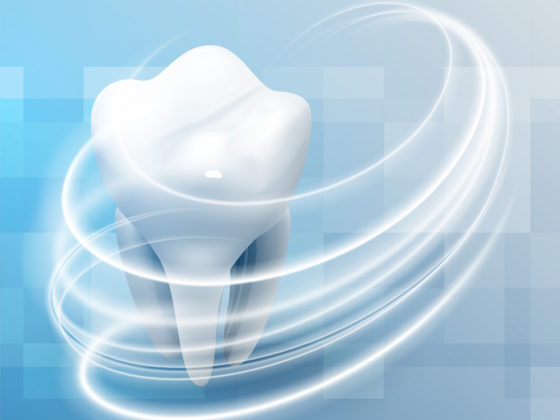One of the greatest challenges dentists have faced over the years is that of how to create an
effective, safe, and lasting dental implant. It’s a problem humans have been working on for
literally thousands of years.
The earliest known example of a metal implant was a copper peg found in the jaw of an
Egyptian Pharaoh, where it was installed some 2000 years ago. Prior to that, there’s evidence
of ancient Chinese people using carved bamboo pegs. By the 1800s, dentists were
experimenting with a variety of materials, including gold and platinum, in an attempt to create a
working dental implant.
Eventually, in 1965, it was discovered that titanium could be fused with the jaw bone, enabling
dentists to securely and permanently attach dental implants, which in turn vastly improved the
quality of replacement teeth. This process is known as ‘osseointegration’, and it was discovered
by Swedish orthodontist Dr Per-Ingvar Brånemark, who eventually presented his findings in
Toronto, in 1982. The ability to fuse titanium alloys to bone revolutionized the field of implants.
Modern implant technology generally involves the use of a titanium alloy screw that is inserted
in the jaw bone at an initial appointment. The screw is either smooth or abraded to maximize
surface area, which can help to ensure proper adhesion to the jaw. An abutment is then
mounted to the implant, which acts as a base to hold the false tooth, a crown, in place.
Traditionally, patients were then given as long as three months to recover before the crown was
finally put in place. This is because it was believed that the jaw bone needed time to integrate
with the titanium alloy screw, growing to meet the surface of the implant, before the extra
pressure of a false tooth could be placed on it. It was later determined that the main factor that
determines required healing time is the stability of the bone in the location of the implant. If the
area is more stable, less healing time is required. In cases where the underlying bone offers a
less stable base, generally speaking the crown won’t be inserted until the implant is sufficiently
bolstered by growing bone and healed gums.
With today’s implant technology patients can use a titanium screw as a base to permanently
affix artificial teeth made from acrylic resin that look virtually indistinguishable from your own.
The mouth will adjust and strengthen over time as the gingiva and bone mold around the
implants. An implant can be used in conjunction with full or partial dentures and will last much
longer than other forms of tooth replacement. The recipient does not need to change their
eating habits or worry about dental implants coming loose. Daily flossing and twice daily
brushing must still be a part of the patient’s regular home care along with routine visits with a
dental hygienist.
The development of dental implants has been a long process of incredibly gradual refinement.
Modern implants are considered to be the pinnacle of dental science, and for good reason. With
dental implants we can restore smiles and repair oral damage in a way that would have seemed
borderline miraculous as recently as 40 years ago.


